Is insulating basement walls with foam board the best? Have you been wondering what to do and make your basement walls look better, give you quality service, make the house more comfortable and enjoy the value of money spent on the basement walls? Then worry no more as you are going to know the best option for your basement.
Foam board insulation is one of the various types of insulation used on basement walls in a house or office. It serves a better purpose than the others because the materials used are more effective and they last long. Give your basement walls the best you can offer and enjoy long-lasting comfort and serenity by insulting your basement walls with foam board insulation.
Table of Contents
Basement Foam Board Insulation
Foam board insulation is the type of insulation done in a rigid panel that creates room to add more insulation materials in all building parts. The materials used here are made from either polyurethane or polystyrene; this can give an RSI-value of 27.6-45.0 m2 K W – 1 m – 1. You can use this type of insulation all over the building from top to bottom.
The rigid boards used here are made from polystyrene foam or closed-cell plastic beads. Several processes of manufacturing and finishing are always available when you use polystyrene. The closed-cell rigid boards go through a lot of extrusion for the XPS used in foam board insulation to be manufactured.
For the EPS to be manufactured, you have to use heat pressure on the spherical fuse beads of polystyrene. XPS does not allow moisture to be absorbed inside the foam because it is made of condensed closed-cell plastic.
Professionals often fix this type of insulation. There are possibilities that house owners can do it themselves, but professionals are the best to carry out this function, unlike the other types of insulation. They are polyurethane and polystyrene made. If you want good temperature control in your house and structural stability at hokey, then this is the best shot for you.
Is Insulating Basement Walls with Foam Board the Best?
Insulating basement walls with foam board insulation has been proven to be the best over the years due to its uniqueness, advantages, and quality of materials used other than other insulation types. If you require comfortable temperature control and would like to make your home a Mecca of sorts for people, then use the foam board insulation for your basement walls.
Its advantages are enormous, and they are both human and weather friendly. Though the cost might be higher than others, but the most important thing is that it is done once and for all. There would be no need for repair and replacement, and it doesn’t wear out easily. This means you spend at the initial time and save a lot in the future other than saving at the initial time and spending much more in the future.
Insulating your basement walls with Foam Board insulation prevents water leakage, moisture, air leakage. It is weather friendly and adapts to any type of weather at any time of the year. There would be no worries about mold and mildew, and other things that easily affect other insulation types.
Pros of Insulating Basement Walls with Foam Board
The advantages are as follows:
Water and Moisture Resistant
This type of insulation does not allow water leakage below the foundation part of the building. As long as the water is controlled under the building, there would be nothing like moisture attacking the foam used during the insulation and causing unwanted damage.
Creates Air Barrier
Once the materials used in this type of insulation are well fixed without any type of error, there would certainly be no room for air to come and attack the insulation’s interior surface. There would be no mildew in any part of the insulation.
Saves Cost for Maintenance and Replacement
Other types of insulation require changing or maintenance regularly to avoid damage. But this type of insulation would save you the stress of spending more money for maintenance and replacement in the future.
Cons of Insulating Basement Walls with Foam Board
Airflow challenge
If there is any mistake while fixing the joints at the sheets and the boards, interior air would easily affect the boards, which is not good for the basement.
Moisture Accumulation
Because of the presence of air bubbles inside the expanded polystyrene that was used as a material during insulation, there is a possibility that heat would not be transferred to other parts of the basement, and this can cause moisture to gradually come in and make the insulation non-effective.
Air Leakage
The boards must be cut properly to fit into the basement during insulation. If this is not gotten right, there would be air leakage in the future, which would affect both the basement and foundation of the building.
Insulation Mistakes to Avoid
Many people choose to use the DIY (do-it-yourself) method during insulation to help them save cost without knowing the basics of the project they are embarking on, and before they would be able to realize such, it would have been too late. It is better to hire professionals to do the job and get value for money spent than making terrible mistakes that would cause you more money during a repair. If at all you are still interested in using the do-it-yourself method, then you must be careful to avoid the following mistakes:
Unpreparedness
Make sure that all your safety gadgets like face masks are available if you are doing it yourself. Be careful if you are using fiberglass insulation because of chemicals. It is also important to be careful when using the Icynene spray foam because it releases some amount of volatile organic compounds into the air.
Avoid Wrong Installation
Remember that you cannot use some insulation type in some basement depending on the materials used in constructing the basement. Some insulation can easily catch fire, and they are not meant to be installed close to a heater or fire way. In the same way, it is not advisable to use fiberglass insulation in a wet place because such would attract moisture, which can get to the growth of mold. It is better to use spray foam insulation on a wet basement because it can resist mold.
Don’t Give Too Much Gap
Another huge mistake made by so many people is the mistake of giving too many gaps when they are insulating their basement. Making this mistake or not be able to fix the properties used for insulation rightly can cause air and moisture in the basement. It is better to use spray foam insulation on walls that are cracking or open.
Don’t Insulate Close to Lights
As reiterated earlier, some insulation materials can easily catch fire, so you must be careful while carrying out the insulation on a fire way at home. Don’t fix such insulation materials close to electric cables. The best types of insulation that can be fixed around electric cables are Icynene spray foam insulation.
Doing It Your Own Way
When you buy fiberglass insulation materials, you will notice that it comes along with some backing that takes care of your house against condensation or rot. Those backing are known as “vapor retarder” because it doesn’t allow moisture to come into the basement. While doing it, you need to follow the instructions and rules and fix each material on the building’s proper side. Ensure that you face the front of your insulation on the warm side in the winter. If you do not follow the instructions and make any mistake, you might be inviting moisture into your house.
Removing Old Insulation
Most people who use the do-it-yourself method must note if they need to add new insulation on an old one or remove the old insulation before adding a new one. Some of the old insulation releases some toxic acids, which are dangerous to human health in the air. It is best to leave such insulation and add a new one to it. You can only remove the old insulation if there is a mold problem with it. Also, there is some insulation you cannot add a new one to, that is why you need to hire professionals.
Trying to Save Cost
The best way to enjoy your insulation is to use R-value materials. It can be expensive, but this would enable you to save the cost of energy in the future. Don’t make the mistake of using a short cut and not getting enough material for your insulation. It is better to spend more and get the value of the money spent and get yourself and your family comfortable at home. Ensure you stop air from entering the house before carrying out the R-value insulation because they do not guarantee that air will not come in. Using an Icynene material is better because it prevents air from entering the house and is very effective.
Conclusion
Why settle for less when you can achieve more and get more value from insulating basement walls with foam board. This is proven to be the best and gives out the best quality of insulation you can ever think of. Enjoy your basement walls and make your walls feel happy, and become friends with everyone in your house with the foam board insulated basement.

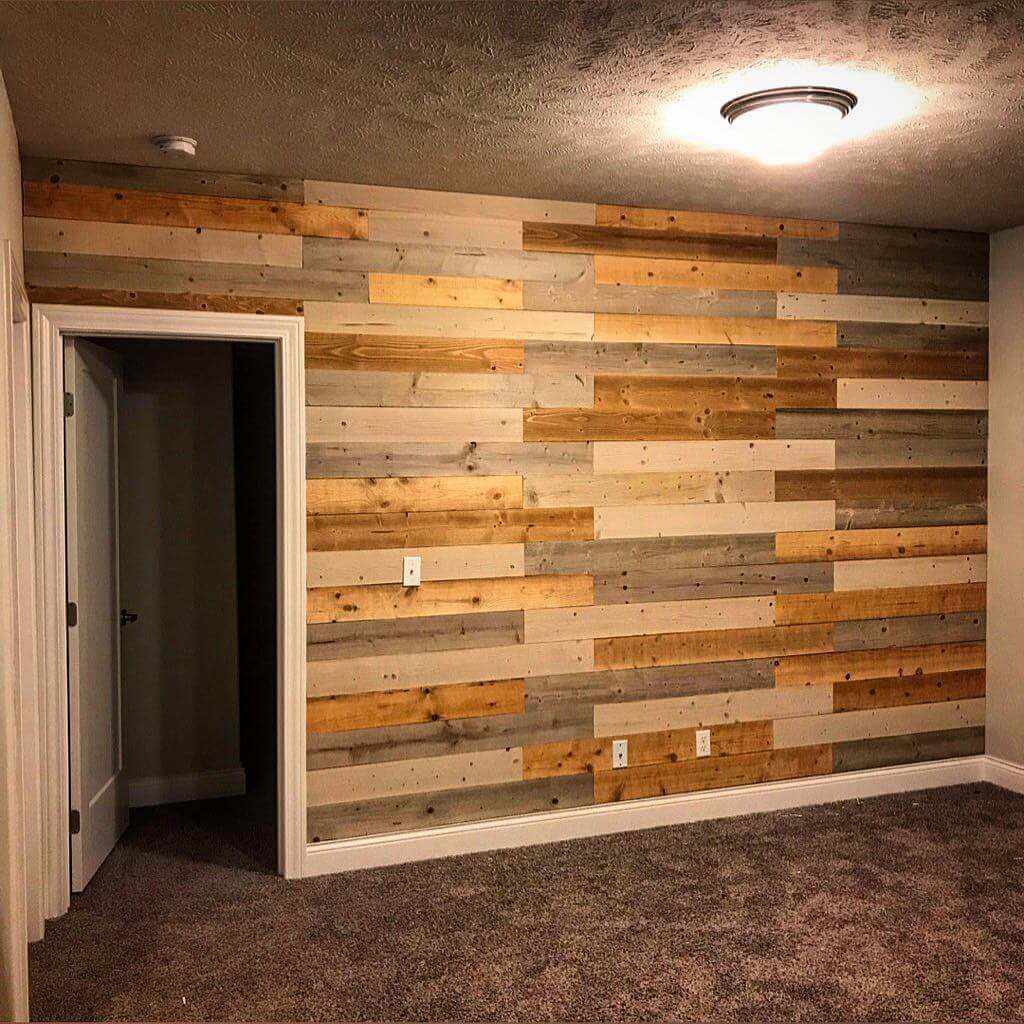
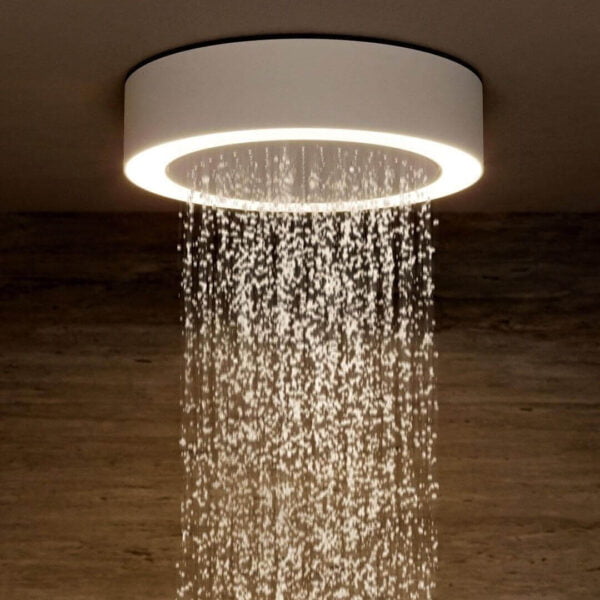
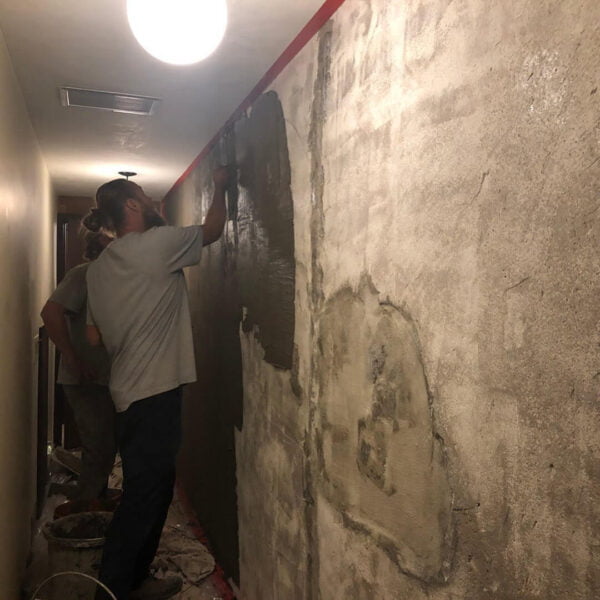

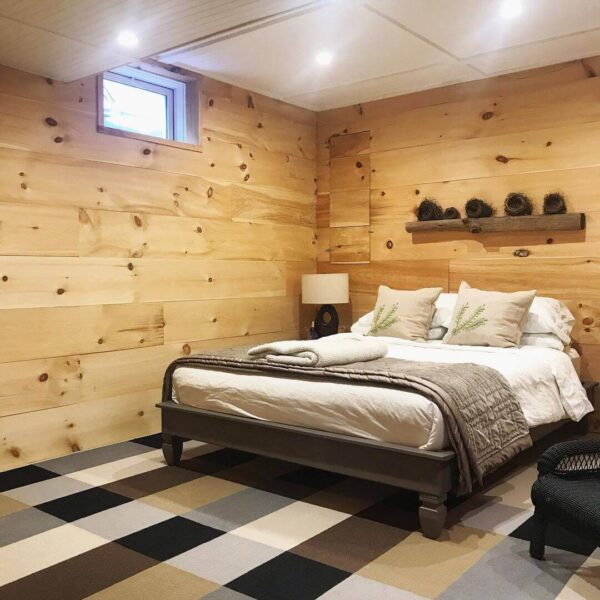
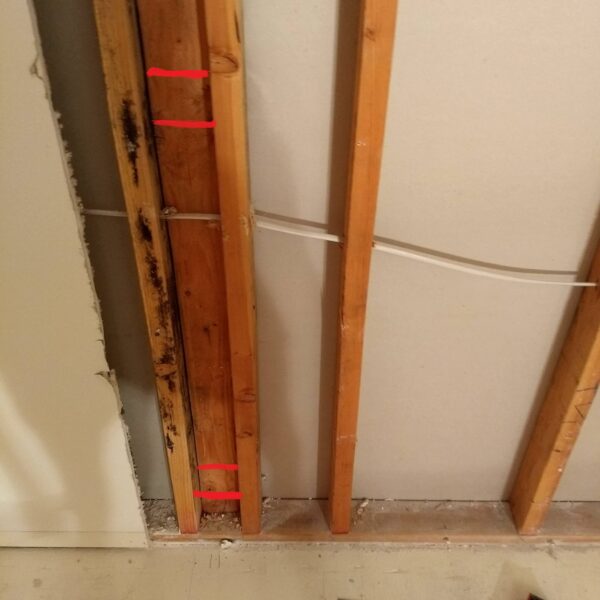
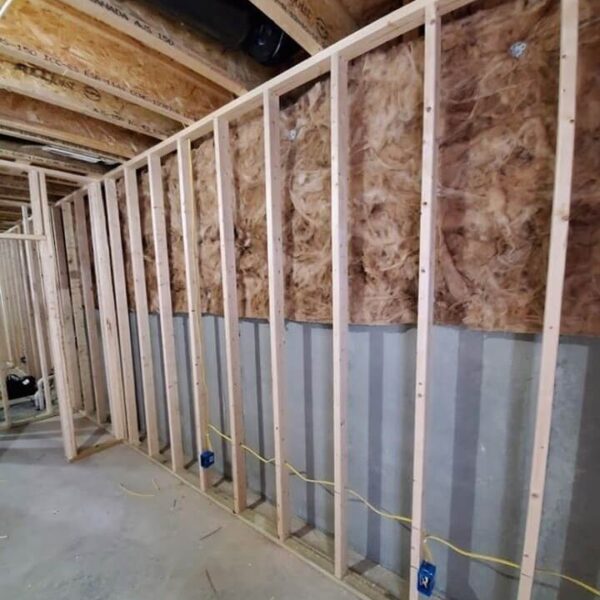

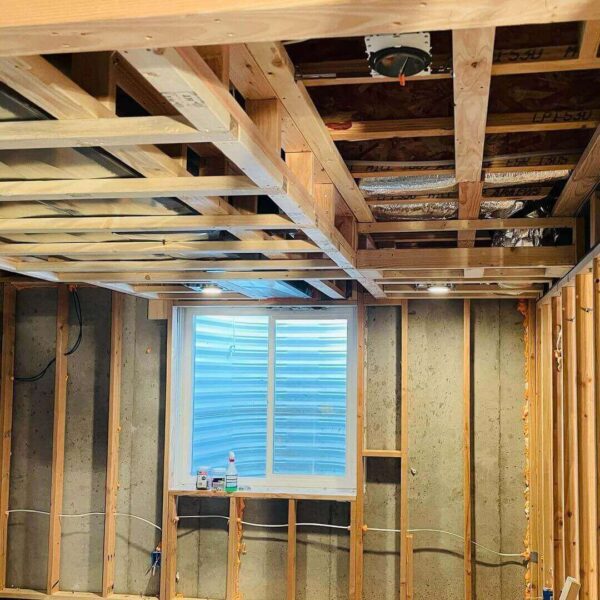
Leave a Comment